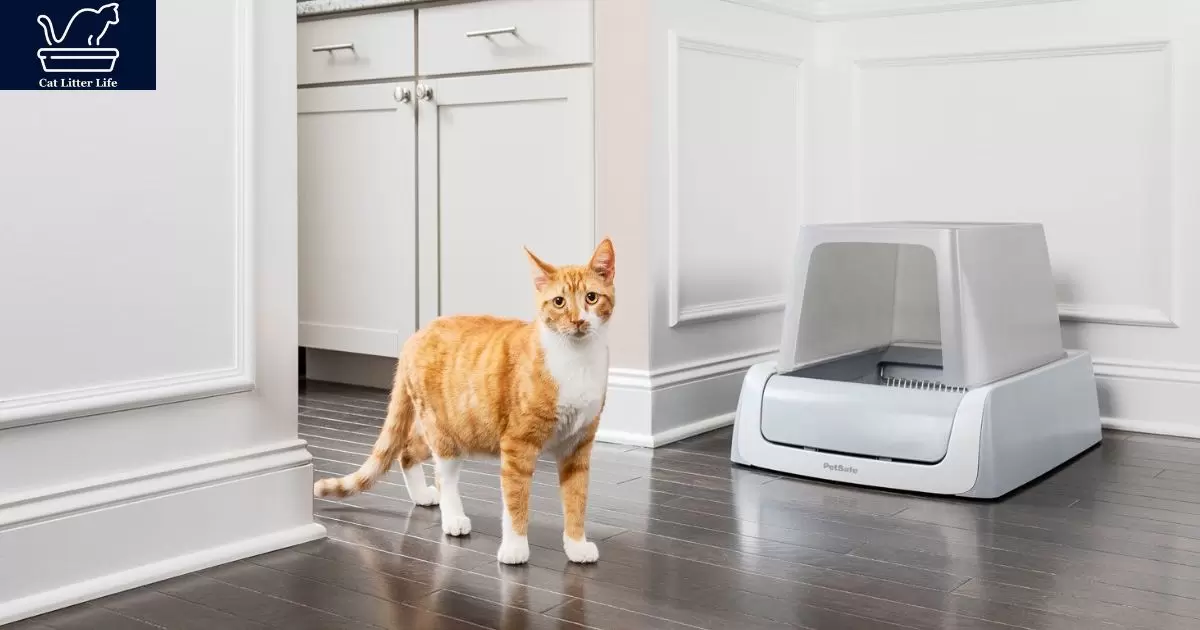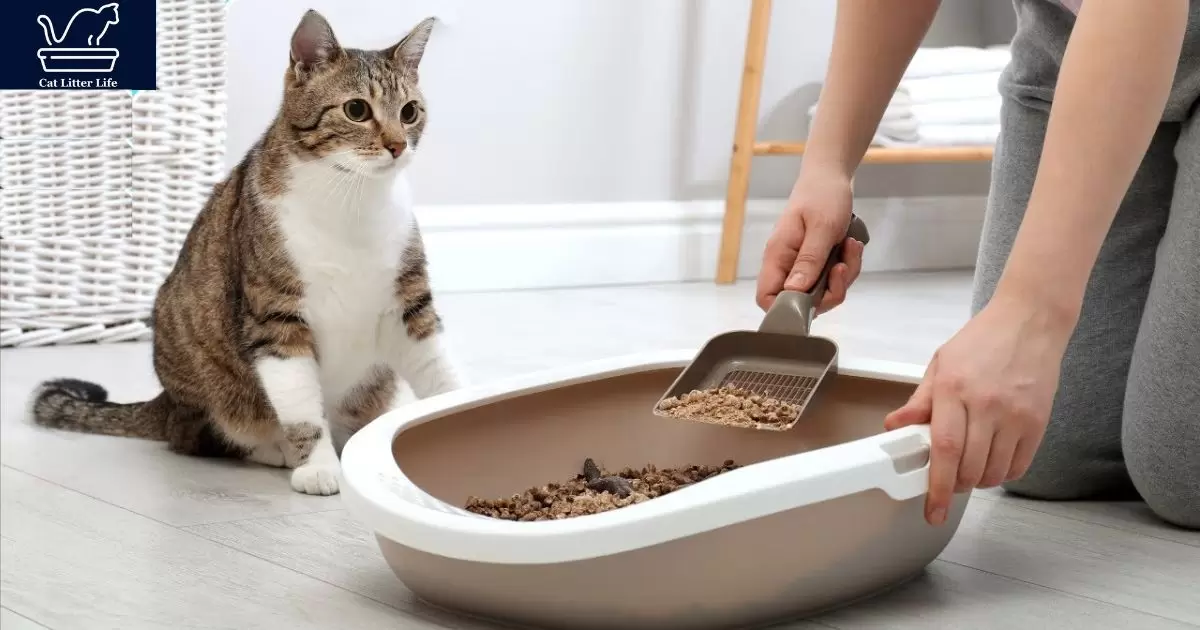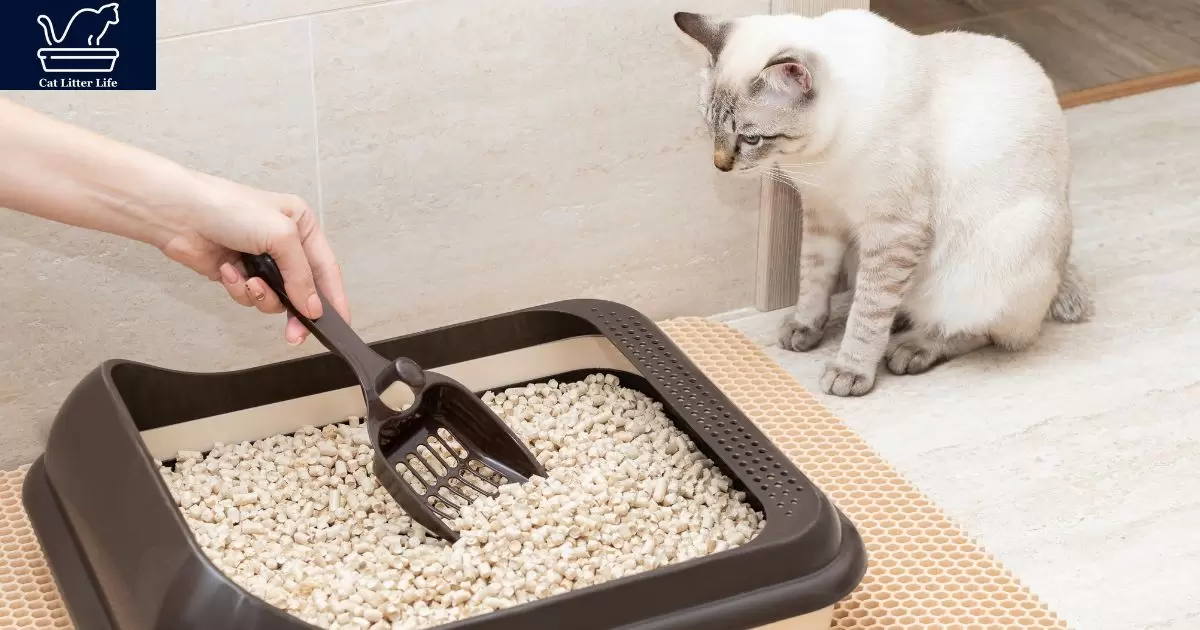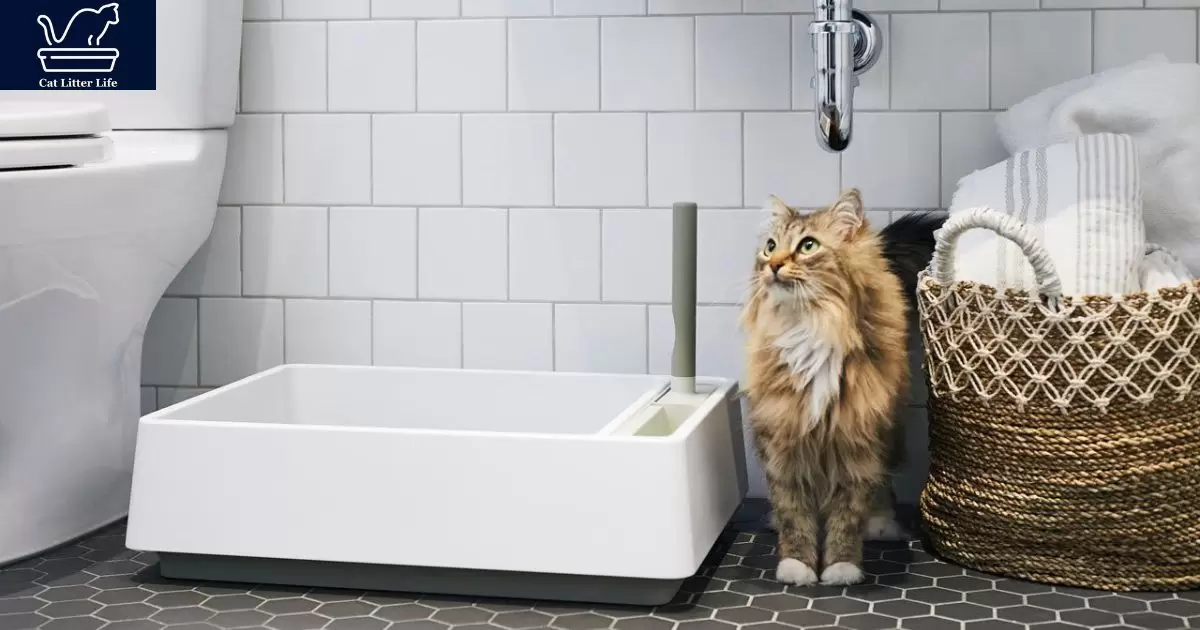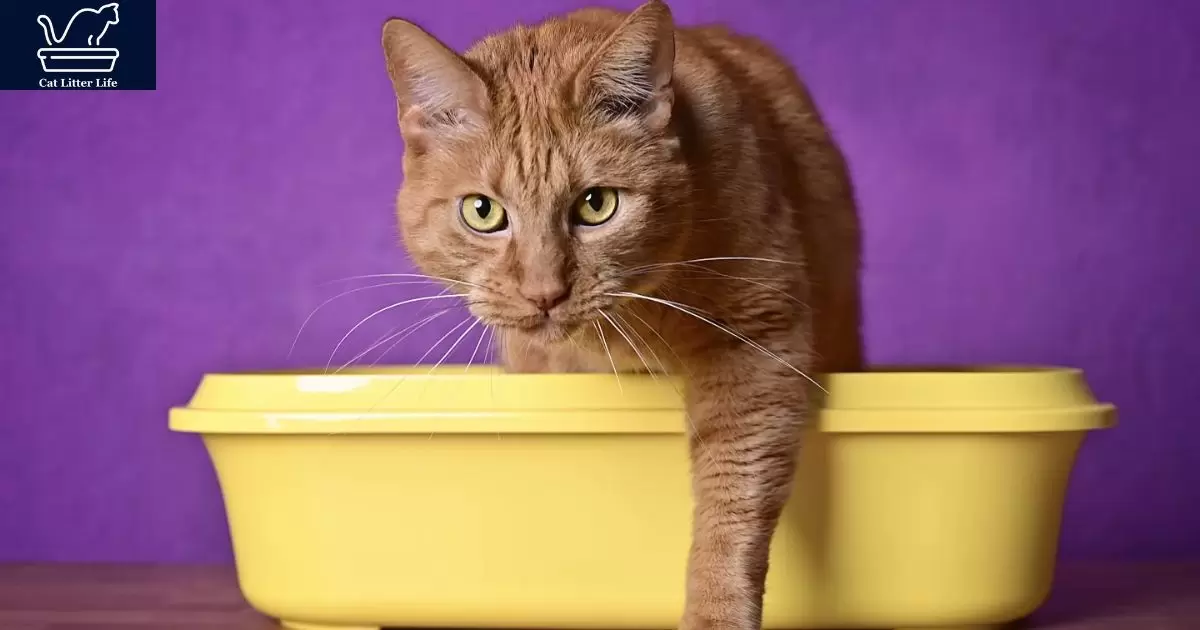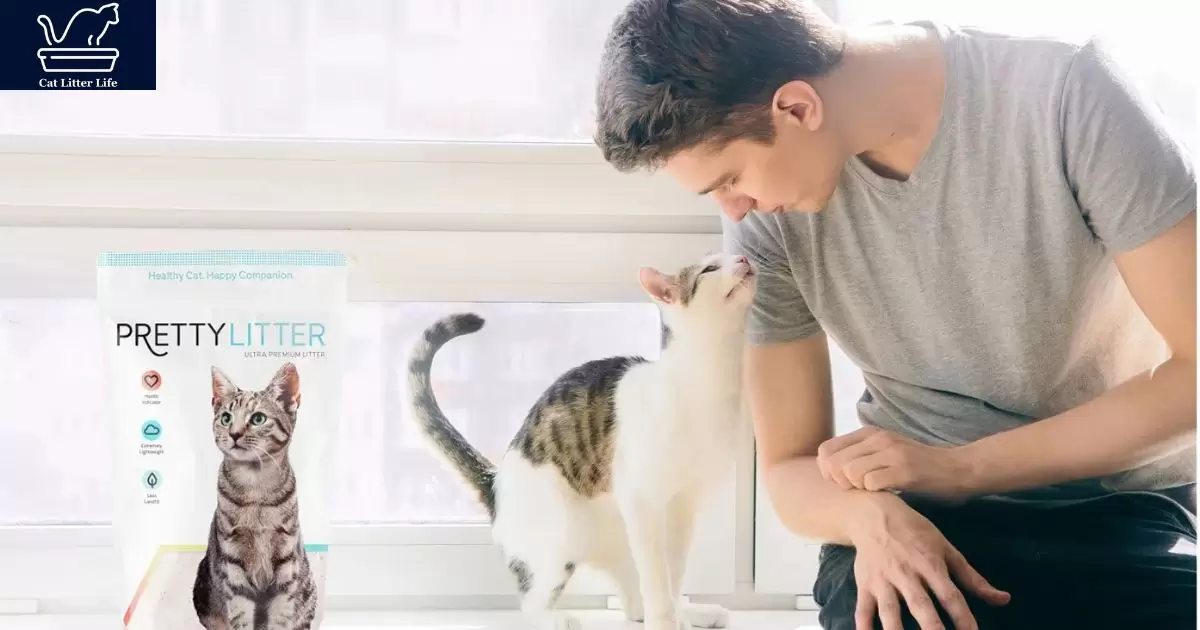When a cat stops the usage of its litter container to urinate or defecate, it’s far said to be lacking the muddle box. This commonplace feline conduct can suggest an underlying scientific issue or stressor impacting the cat. Determining the cause is key to retraining proper litter box use.
Why is my cat missing the litter box? This concerning query echoes in many cat owners’ minds. A cat missing its litter box violates our expectations for normal feline elimination habits. Exploring medical and behavioral causes helps illuminate this frustrating feline phenomenon.
Though typically fastidious, cats may suddenly abandon their litter boxes due to conditions like UTIs, arthritis, anxiety, or the introduction of new pets. Pinpointing the catalyst driving litter box aversion empowers owners to remedy issues prompting unwelcome puddles around the home.
Medical Reasons for My Cat Missing The Litter Box
Feline lower urinary tract disease can cause painful urination, prompting cats to seek softer substrates beyond litter for relief. Sand particles may irritate inflamed urethras, exacerbating discomfort and accidents. Vets advise highly absorbent, clumping litters for cats with FLUTD.
Joint degeneration impairs mobility in aging cats, hindering their ability to consistently access the litter box. Jumping in and out of sandy litter may further strain arthritic joints. Low-sided boxes with non-sticking, scoopable filler best accommodate elderly cats missing their litter box.
Urinary Tract Infections Causing Litter Box Problems
Bacteria ascending to the bladder can trigger cystitis with bloody, painful urination that cats associate with the litter box. The grainy texture and dust from sand litter could further inflame a UTI. Scoopable clay litters with antimicrobial properties better suit a cat with a urinary tract infection.
FLUTD-diagnosed cats feel an urgent, frequent need to void, often missing their litter box. Loose sand tracking everywhere would worsen accidents and stress. Prescription urinary care diets and clumping clay litters are ideal for cats missing the box due to UTI symptoms.
Arthritis Pain Preventing Proper Litter Box Use
Elderly cats often develop degenerative joint diseases like osteoarthritis, making moving painful. Stepping into deep piles of sand may be too taxing for arthritic legs. Low-entry boxes with gentle litter help aging cats access their boxes comfortably. Some owners may wonder, is scented cat litter bad? Particularly for sensitive older cats, heavily scented litters might exacerbate respiratory issues or discourage litter box use.
Stiffness from arthritis means cats can’t quickly adopt elimination postures. They may miss the litter box entirely when urgency sets in. Non-sticking scoopable filler causes less joint stress than sand when arthritis complicates litter box use.
Constipation or Diarrhea Leading to Accidents
Constipation and diarrhea both increase accidents as cats can’t make it to the box in time. Loose sand offers poor absorbency for frequent liquid stools. Firm clumping clay litter containing probiotics helps regulate digestion to reduce accidents.
Intestinal issues give cats little control over eliminations, causing them to miss the litter box. Sand litter easily sticks to the paws and fur of cats with diarrhea, spreading infection. Highly absorbent paper pellets better suit cats missing their box due to bowel problems.
Stress and Anxiety Causing My Cat to Miss The Litter Box
The introduction of new stimuli like a baby or pet can trigger stress in cats, making them anxious. This anxiety may manifest as litter box avoidance if the cat associates the litter area with the stressor. Providing calming pheromones and dedicated affection during changes can ease tension.
A move disrupts familiar territory markings and smells for cats, heightening insecurity. This relocation anxiety causes cats to act out, like missing the litter box. Keeping preferred toys and bedding helps preserve normalcy during moves and reduces litter box issues stemming from stress.
New Baby or Pet Stressing Out My Cat
Felines are creatures of habit so newcomers like babies or pets greatly disrupt their routines. The chaos prompts stressed cats to miss the litter box as they feel insecure. Slow introductions to newcomers via scent swapping keep stress lower so cats use their litter box properly.
Bringing home a new pet overstimulates resident cats with new sounds and smells, heightening stress. Anxious cats struggling to cope may miss the litter box more. Separate spaces for pets and calming pheromones make cats more at ease to use the litter properly.
Move to New Home Anxiety for My Cat
Relocating to new dwellings strips familiarity from cats, increasing anxiety. Disoriented, stressed cats often reject litter boxes when moved to unfamiliar ground. Placing preferred toys or bedding in dedicated spaces preserves normalcy so relocated cats use litter boxes consistently.
A move disorients cats by erasing territorial scent markers. Feeling insecure without ownership cues, anxious cats frequently miss litter boxes. Reintroducing cats to each room slowly via scent swapping enables gradual acclimation so cats use litter boxes properly again.
Loud Noises Scaring My Cat From Using Litter Box
Sudden loud noises from storms, construction, or rowdy guests overstimulate cats. Feeling threatened, noise-sensitive cats associate the racket with the litter box area, avoiding it. Providing noise buffers around litter boxes shields cats, enabling relaxed litter box use despite surrounding din.
Chaotic, unpredictable noises frighten cats by signaling looming danger is afoot. Too anxious to relax, easily spooked cats connect the litter box location with auditory stressors, refusing to visit. White noise machines and music in litter box rooms improve the sense of security so noise-averse cats resume normal elimination habits.
Litter Box Aversion in My Cat Missing The Litter Box
A dirty litter box overwhelms a cat’s sensitive nose, causing avoidance. Scoop waste daily and swap litter weekly to maintain cleanliness, removing offensive smells prompting litter box aversion.
Location changes displace established feline territorial maps. Move litter boxes incrementally, allowing gradual spatial adaption, ensuring your cat always associates its preferred toilet with the proper potty place.
Dirty Litter Box Deterring My Cat
When litter boxes overflow with waste clumps or pungent urine odors, fastidious felines understandably snub their smelly latrines. Daily scooping, weekly litter changes, and monthly deep cleaning remove the stench and mess objectionable to discerning kitty noses and paws.
Covering litter boxes traps unpleasant aromas. Lid removal opens airflow, lifts odors, and prevents the buildup of offensive smells that discourage litter box use in tidy, housetrained cats.
Covered Litter Box Causing Avoidance
Covered litter boxes feel confining and trap odors, causing stressed cats to avoid entering. Removing lids offers open, airy relief while lifting stinky smells, making covered latrines more appealing places for private elimination habits.
When litter box locations abruptly change, a cat’s spatial map of “where to go” gets disrupted. Gradual, incremental movement allows territorial understanding to adapt, ensuring your cat always associates its preferred potty with the proper place.
Location Change of Litter Box Confusing My Cat
When a familiar litter box suddenly moves to an unfamiliar spot, your cat’s ingrained spatial map directing their bathroom behaviors becomes confused. Slow, gradual location changes allow territorial understanding to incrementally adapt so your cat always connects its preferred latrine with the proper potty place.
Covered litter boxes feel restrictive and trap odors, causing stressed cats to avoid entering. Removing lids creates open, airy relief while venting stinky smells, making covered latrines more welcoming places for private elimination habits.
Marking Territory Behavior Behind My Cat Missing The Litter Box
Introducing a new feline companion can prompt territorial spraying from resident cats no longer feeling secure in their domain. Marking with urine spots asserts ownership of favored napping spots, prime window views, and other resource-rich areas.
To ease tensions, provide multiple key territory resources like food bowls, beds, scratching posts, and litter boxes, locating them in separate rooms if possible. Also, devote focused one-on-one affection time to each cat daily.
New Cat in Home Prompting Spraying
A new cat means a new competitor for existing cats accustomed to the sole domain over their territory with all familiar comfort spots. Feeling insecure prompts marking behavior like spraying urine on walls or furniture to re-stake claims.
Use pheromone sprays to de-stress anxious cats and provide abundant key territory resources spread throughout the home so each cat can retain their own space and security. Slow introductions with positive reinforcement also help new bonds form.
Nearby Strays Triggering Marking Response
Community cats roaming near your home, visible through windows or doors, can also trigger a territorial marking response from indoor cats. Nearby strays seem to encroach on their turf, prompting anxious spraying.
Distract stressed cats from outdoor interlopers by closing drapes or blinds at key cat observation posts. Also ensure litter boxes offer total privacy, as public elimination heightens stress. Increase playtime and affection to reassure cats while enhancing security.
Health Issues From My Cat Missing The Litter Box
Not urinating regularly can cause fatal urinary blockages in cats. Toxins build up, leading to kidney problems when cats don’t properly eliminate waste. Bacteria from feces can infect cats if they do not properly defecate in the litter box. This causes illness, spreads germs around the home, and risks the health of humans and other pets.
Urinary Blockages From Not Urinating
When a cat stops urinating frequently, crystals and bladder stones can develop, blocking the urinary tract. This is extremely dangerous and can quickly become fatal if left untreated. Kidney ailment leads to electrolyte imbalances, anemia, vomiting, diarrhea, weight reduction, awful breath, and potentially kidney failure, which is frequently deadly.
Kidney Problems Developing From Toxins
Toxins from waste build up in a cat’s bloodstream if they are not eliminated properly. This overworks the kidneys and can cause kidney disease and failure over time. Kidney ailment leads to electrolyte imbalances, anemia, vomiting, diarrhea, weight reduction, awful breath, and potentially kidney failure, which is frequently deadly.
Bacterial Infection Spread Without Proper Elimination
Bacteria and parasites from feces can infect cats and contaminate their living environment without proper clutter box use. Humans and different pets also are at risk for bacterial infections like campylobacteriosis and toxoplasmosis while cats do now not properly defecate.
| Disease | Symptoms | Treatment |
| Urinary Blockage | Straining to urinate, frequent trips to the litter box, crying out | Emergency catheterization or surgery |
| Kidney Failure | Weight loss, vomiting, bad breath | Fluids, medication, dietary changes |
| Bacterial Infection | Diarrhea, fever, vomiting | Antiparasitics, antibiotics, |
FAQ’s
Is a clinical trouble causing my cat to keep away from the muddle field?
Yes, urinary tract infections or arthritis may additionally deter muddle box use.
Could adding greater muddle boxes remedy my cat’s litter box aversion?
Yes, having multiple, easily accessed boxes may re-establish regular use.
Can moving or changing the litter box confuse my cat?
Yes, location and cleanliness changes can disrupt habitual litter box use.
Could anxiety from loud noises or new pets cause litter box issues?
Yes, stressors like construction or new babies may prompt litter box avoidance.
Might introducing outdoor strays lead to territory marking indoors?
Yes, perceived threats from outdoor cats can trigger indoor spraying.
Conclusion
When a cat stops using its litter box, it signals an underlying issue. Medical conditions, stress, territorial marking, or litter box aversion could be culprits. Pinpointing the cause is essential to reestablish regular litter box habits. Consider veterinary exams, more boxes, calming aids, or retraining.
Persistence and vigilance are key in resolving litter box problems. With medical clearance, environmental tweaks, patience, and re-direction, cats often recommit to their litter boxes. Though frustrating, litter box issues need not be permanent with insight into motivators. Vet partnership and owner diligence renew litter box compliance, restoring household harmony.
